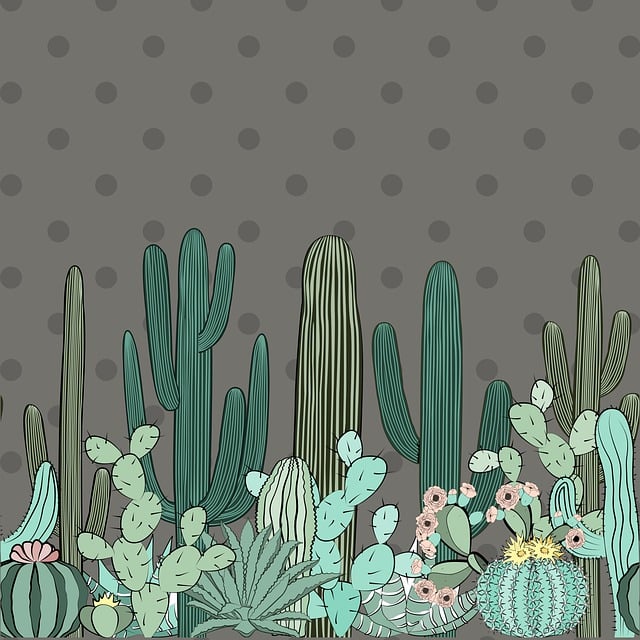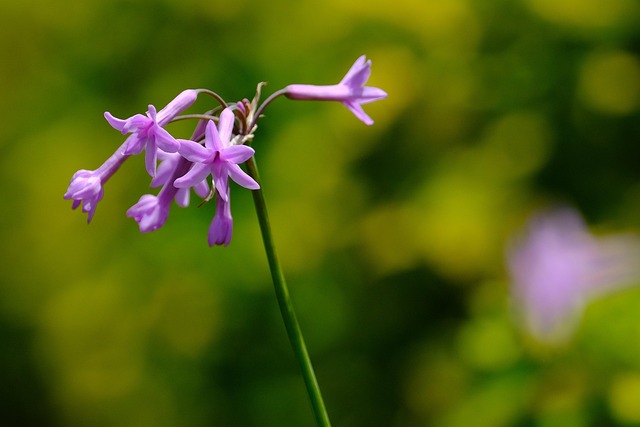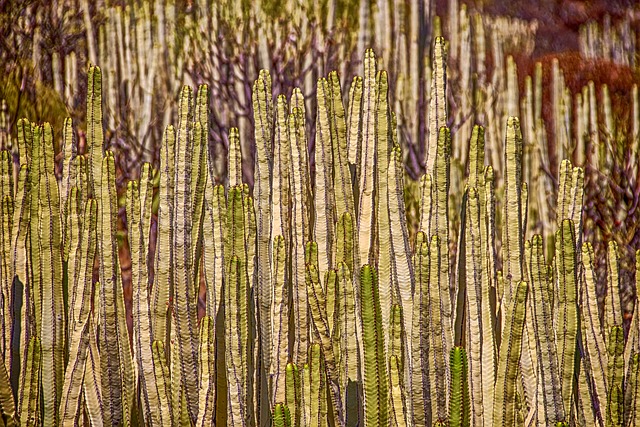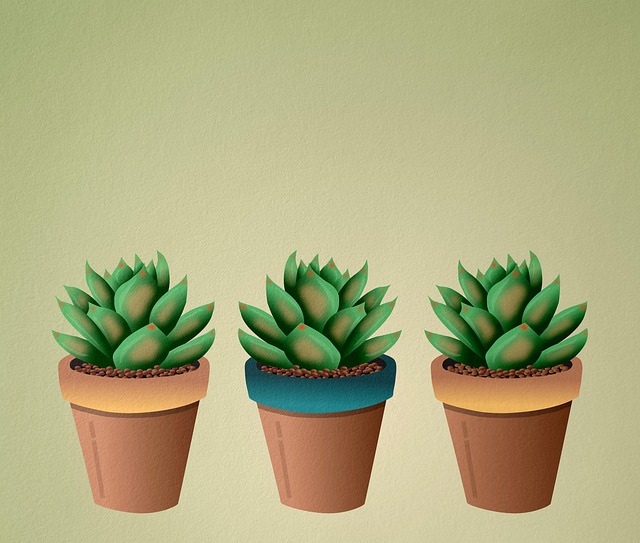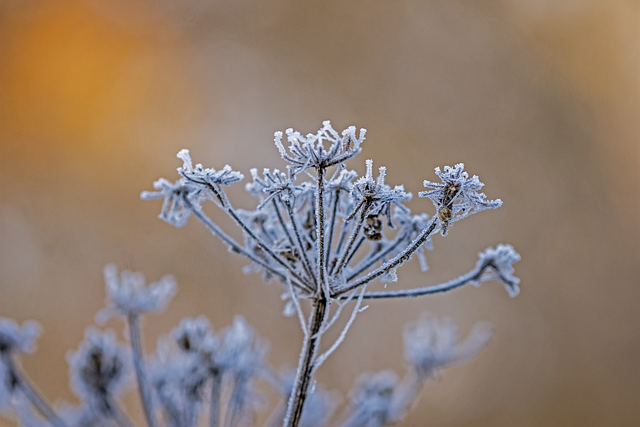Capturing the beauty of Frank Flora, wildflowers, requires thoughtful photography techniques: telephoto lenses for isolation, natural lighting for soft colors, creative framing, and patience to capture their delicate dance. His work, merging art and conservation, documents rare blooms globally, aiding species discovery and preservation. Prioritizing ethical practices and responsible navigation of landscapes is crucial for preserving these fragile ecosystems and ensuring future generations can appreciate nature's vibrant tapestry.
Wildflowers, with their vibrant hues and delicate forms, offer a captivating subject for photographers and nature enthusiasts alike. This article explores the art of documenting and preserving these fleeting beauties, known as Frank Flora. From mastering photography techniques to understanding ethical considerations, we guide you through the process of capturing and sharing the stunning variety of wildflowers. Learn how your lens can contribute to conservation efforts while celebrating nature’s transient masterpieces.
- Capturing the Beauty of Frank Flora: Techniques and Tips for Wildflower Photography
- The Art of Documentation: Preserving and Sharing Wildflower Species
- Ethical Considerations in Wildflower Photography and Conservation Efforts
Capturing the Beauty of Frank Flora: Techniques and Tips for Wildflower Photography

Capturing the beauty of frank flora requires a thoughtful approach and an eye for detail. Wildflowers, with their vibrant hues and delicate structures, offer a captivating subject for photographers. The key lies in understanding their natural habitat and cycles. Timing is crucial; capturing flowers at their peak bloom ensures stunning visuals. Using a telephoto lens can help isolate individual blooms, showcasing their intricate patterns. Embrace natural lighting; early morning or late afternoon sun casts soft, diffused light, enhancing the colors without harsh shadows.
Compose your shots creatively, incorporating leading lines and framing elements like rocks or trees to create depth. Experiment with different angles, getting down low or elevated, to add perspective. Remember, patience is a virtue when photographing wildflowers; allow them to naturally pose for you, and be prepared to capture fleeting moments as they sway in the breeze.
The Art of Documentation: Preserving and Sharing Wildflower Species
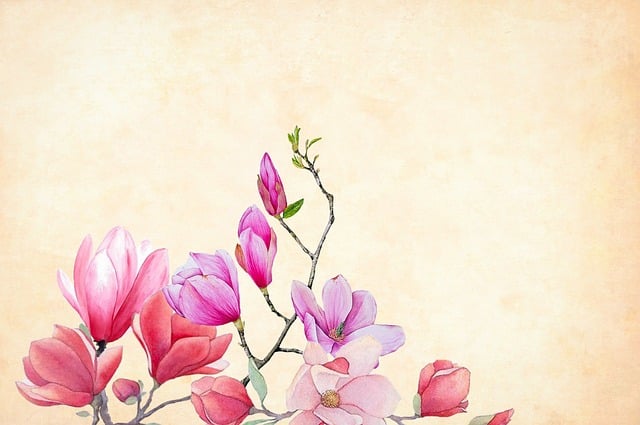
The art of documenting wildflowers is a captivating endeavor that intertwines photography and conservation. It involves capturing the essence, beauty, and diversity of plant species thriving in their natural habitats, often remote and delicate ecosystems. By embracing this art, photographers like Frank Flora contribute significantly to our understanding and appreciation of the natural world. Each photograph becomes a window into a specific moment, revealing intricate details that may go unnoticed by the naked eye. Through these visual records, we can explore rare blooms, unique adaptations, and the intricate relationships between plants and their surroundings.
Documentation goes beyond capturing stunning images; it serves as a powerful tool for species discovery, research, and conservation efforts. By sharing these insights with botanists, ecologists, and enthusiasts worldwide, photographers help in identifying new species, tracking seasonal changes, and raising awareness about the fragility of wildflower habitats. In an era where natural landscapes are increasingly threatened, this practice becomes a vital instrument in preserving biodiversity, ensuring that future generations can also admire and learn from these breathtaking flora wonders.
Ethical Considerations in Wildflower Photography and Conservation Efforts
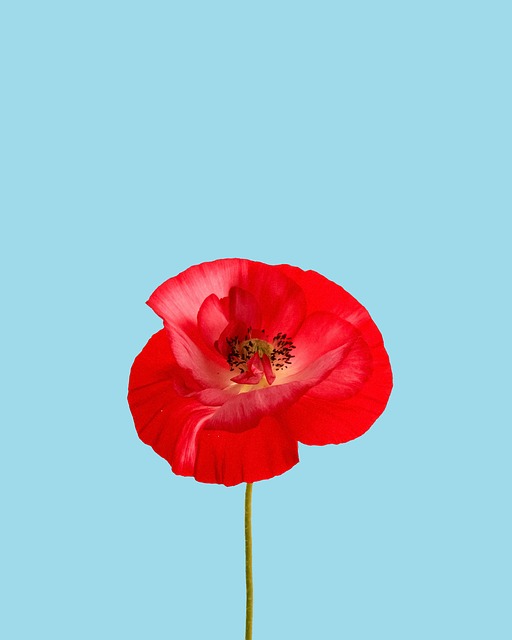
In the pursuit of capturing the beauty of wildflowers through photography, it is crucial to navigate a landscape of ethical considerations. Respect for Frank Flora—the native plants and their ecosystems—is paramount. Photographers must avoid damaging or disturbing these delicate natural habitats during the process of documentation. Many wildflower species are fragile and play vital roles in local ecosystems; thus, responsible photography involves minimizing impact and preserving their natural settings.
Conservation efforts and sustainable practices should guide every step of the photography process. This includes educating oneself about protected species, staying on designated trails, and adhering to regulations aimed at safeguarding these floral wonders. By embracing ethical practices, photographers contribute positively to the preservation of diverse plant life, ensuring that future generations can also appreciate and benefit from nature’s vibrant tapestry.
Wildflower photography and documentation, as explored through capturing the beauty of Frank Flora, the art of preserving species, and ethical considerations, underscore the vital role visual storytelling plays in conservation efforts. By employing specific techniques and adhering to ethical guidelines, photographers can contribute significantly to our understanding and protection of these vibrant, diverse ecosystems. Through their lenses, they not only preserve moments but also inspire action, ensuring Frank Flora’s legacy for future generations.








